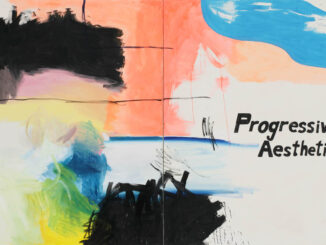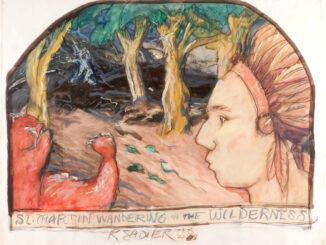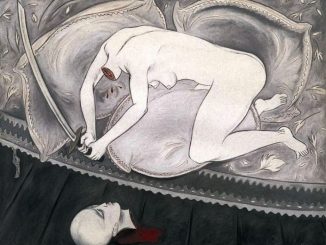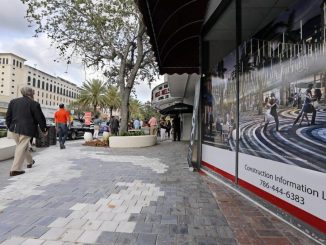Artful Citizenship Findings. March 2008.  The Wolfsonian – Florida International University released additional findings to their expansive report on their three-year pilot program entitled Artful Citizenship, an arts-integrated social studies curriculum. Sponsored by a $1 million grant from the U.S. Department of Education, The Wolfsonian’s innovative visual-literacy curriculum was successfully implemented with third, fourth, and fifth-graders at three Miami-Dade County public elementary schools.
The Wolfsonian – Florida International University released additional findings to their expansive report on their three-year pilot program entitled Artful Citizenship, an arts-integrated social studies curriculum. Sponsored by a $1 million grant from the U.S. Department of Education, The Wolfsonian’s innovative visual-literacy curriculum was successfully implemented with third, fourth, and fifth-graders at three Miami-Dade County public elementary schools.
The Wolfsonian, a leader in developing models for arts learning and teaching of core disciplines through arts integration, was the first museum to receive a grant of this kind in 2002. It has also recently been sited by The Florida Senate in Interim Project Report 2008-116 on Student Participation in Visual and Performing Arts Education as an example of arts-integration offered in the Florida public schools.
Utilizing the data from the three-year study, Dr. Sande Milton, Professor, Florida State University and lead researcher, found that low-performing students who participated in Artful Citizenship made the highest growth gains in FCAT reading scores. Participating students were classified as low performing if their 3rd-grade standardized reading exam (FCAT) were at the 25th percentile of scores or below.
As these students progressed to the 4th and 5th grades, they continued to take part in the Artful Citizenship program. These lower scoring students made remarkable growth in their reading scores over three years – greater than their higher scoring classmates. Between the 4th and 5th grade, their growth was twice that of the higher scoring students, 41.0 vs. 22.7 point gains on the developmental FCAT score. From 3rd to 5th grade, the difference between low- and high-scoring students in reading growth was even more striking: 67.4 vs. 6.7 point gains.
“There is little doubt that the Artful Citizenship program had a powerful effect on the reading skills of students who were poor readers at the beginning of the program. Findings from other studies also suggest that the program was especially effective for ESOL students as well. Observers in the field concluded that the approach taken by the visual literacy strategies helped “unblock” students who had been previously uncomfortable in expressing themselves,” stated Dr. Milton.
For more information, please call: 305.531.1001

 The Wolfsonian offers a creative, comprehensive look at the history of promotion and dissemination of design through an exhibit centered on luxury portfolios that were originally conceived to market the concept of modern interiors in the 1920’s France.
The Wolfsonian offers a creative, comprehensive look at the history of promotion and dissemination of design through an exhibit centered on luxury portfolios that were originally conceived to market the concept of modern interiors in the 1920’s France. 





 The Wolfsonian Museum presents a survey exhibition on the work of German graphic artist John Heartfield, considered among the most significant practitioners of modern photomontage and a pioneer of the technique. The exhibition explores the impact of his ideologically charged works during a politically difficult time: Nazi Germany.
The Wolfsonian Museum presents a survey exhibition on the work of German graphic artist John Heartfield, considered among the most significant practitioners of modern photomontage and a pioneer of the technique. The exhibition explores the impact of his ideologically charged works during a politically difficult time: Nazi Germany.
Be the first to comment